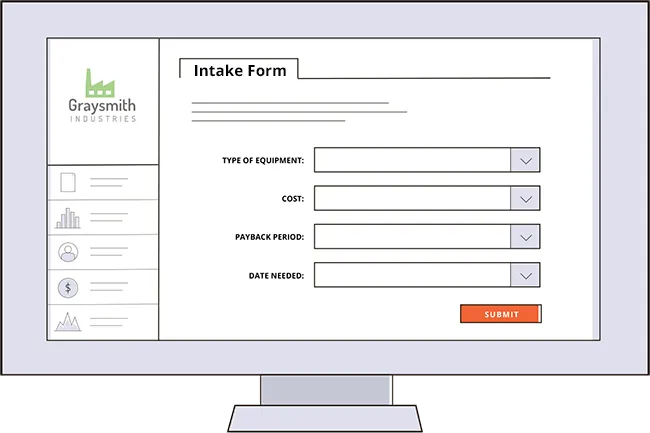Incident Workflow Automation
Table of contents

While workflows (and workflow automation) are often thought of for processes that involve approvals of some kind, there is a workflow type you may not have considered—incident reporting.
Incident Reporting in Your Business
When something critical and unexpected happens in the business, your company should have a mechanism in place to report it so action can be taken. That action might include follow-ups, investigations, procedure changes, legal action, etc., as part of the remediation.
Some examples of incident reporting processes that can be automated:
- A safety incident/accident
- A product defect
- A cyberattack/privacy breach
- A sexual harassment claim
- A customer complaint
- An ethics violation
- A public relations crisis
Incidents as Workflows
Thinking of incidents in terms of the workflow required to manage them can help provide an organization with an actionable, consistent, auditable way of ensuring resolution.
Most incidents follow the same pattern.
- Something happens.
- It gets reported.
- Follow-up activities are performed.
- The matter is resolved.
- Analysis begins.
When these workflows are automated, they are bolstered by routing logic, notifications, escalations, and more. Those involved know what to do now, what needs to be done next, and who needs to do it. In addition, all this critical activity is tracked and provided in an audit report, which becomes especially important in the case of incidents with legal or regulatory implications.
Example: Safety Incident Reporting
As an example of an incident reporting process, we created a simple safety incident reporting process template(opens in a new tab) that allows employees to report accidents and initiates an investigation into what happened. Notifications ensure that stakeholders know about the incident and audit activities as needed.
Now, what types of incidents exist in your organization that should be part of a consistent workflow? How serious are the risks to the business (legal, lost revenue, etc.)? Share in the comments.







